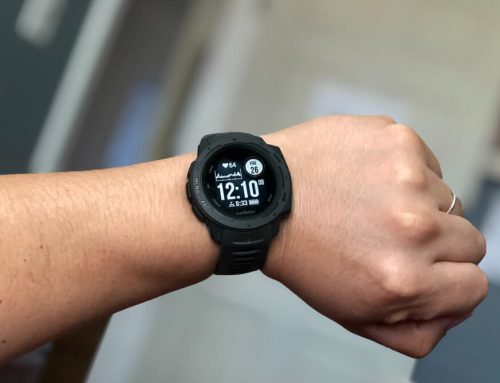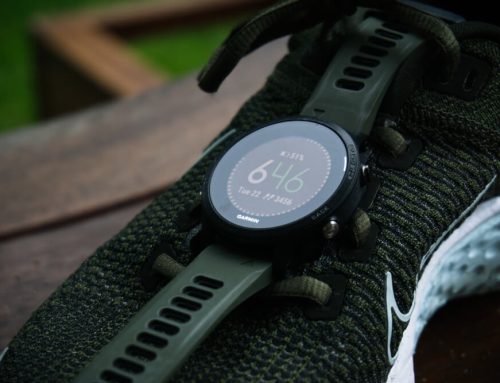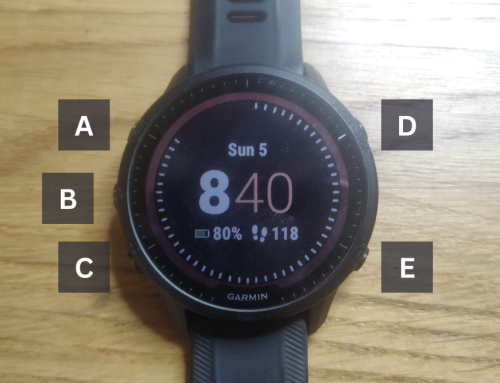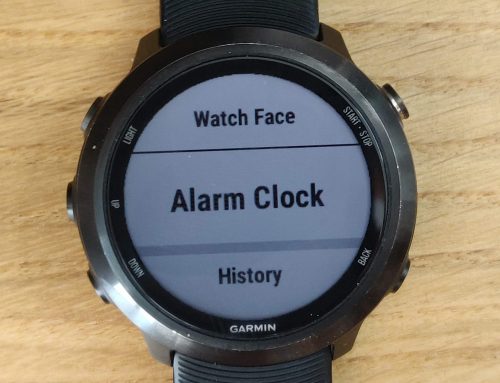Looking to build in cross-training or recover from an injury? Zwift provides an excellent virtual experience if you’re able to invest in the equipment. Don’t get me wrong, there’s nothing that beats getting out on your bike in the real world! However, if you’re limited for time, the weathers crap or if you just can’t be bothered finding all your cycling gear Zwift provides an easy platform to enable indoor cycling and running.
I’ve been using Zwift Cycling for 5 months now, ridden 1,500+ km’s in my front room and had the kids cheer me on! This at times is a challenge in itself as you’re not disconnected or ‘out for a ride’ so you can get asked questions or have to answer the door, perhaps when you’re in the middle of a long climb 😎
My main purpose to come back form injury, supporting my running attempting not to loose too much fitness
1. Indoor cycling, made purposeful!
I’ve come to enjoy the gamification element of indoor cycling. I’ve used a ‘turbo trainer’ before for my bike indoors and it can be somewhat difficult to see past the monotonous nature of it. This is where Zwift steps in, add in virtual worlds and routes, the ability to high fives (ride on’s), upgrade your bike, bikes and kit and the advancement of smart technology to control your effort, it really adds a sticky layer.
In this pandemic world we live in with changing rules and regulations Zwift has been somewhat of a godsend. No commuting on the bike to work has impacted fitness and the limited ability to travel too far impacts on meeting up with friends for a ride so I feel Zwift has really filled a gap in the market, at least for me 😛
2. Setup and Cost
The first and main barrier to using Zwift. The set-up and cost.
Getting started on Zwift Cycling
Below is a list of things to consider / buy when getting started:
- A bike! The norm is to hook up your existing bike (Road, Mountain or TT). To get the most out of Zwift
- A smart turbo trainer, such as the Wahoo Kickr, Tacx Flux or Neo. These retail from £549 to £1199 so they may be out of reach, you can also use a standard turbo trainer but your experience will be less. The benefit is the ERG mode which will increase/decrease resistance depending on a workout or gradient so adds realism into the game.
- A rear cassette, I didn’t realise this so had to take the one from my current racing wheel (which I still need to buy a replacement for 😂)
- A device to run the app on – such as an Android or Apple iPhone. You can also run on a tablet/laptop/computer or Apple TV. The equipment will connect via Bluetooth or Ant+.
That’s it for a basic setup 🙂 There’s others too consider but more nice to have’s. Here’s my setup, in addition to the above:
- Location: next to a window. Both for fresh air and a windowsill for a drink/accessories!
- Bluetooth Heart Rate Monitor (Garmin Pro)
- A fan (godsend if you’re doing a long workout)
- I run the app on an old smartphone and cast the screen (via a Chromecast) to a TV mounted on a wall.
- TIP: Make sure any wires/plugs are routed well, you don’t want any plug extension under your handlebars when you start sweating 😀
On-going costs
Other than standard bike maintenance like cables, chain and lubricant you’ll need to fork our £12.99 per month although you usually can get 30 days free. Don’t worry about brake pads, you won’t be braking in the virtual Zwift world!
There are many combinations of compatible technology available and set-ups can come in all shapes and sizes! It’s worth researching first, see this link which may help.
3. Explore the Zwift Cycling worlds!
Zwift (as it stands) has 8 ‘worlds’. The defacto and signature world is Watopia! Catering to all your cycling needs if provides many difficult routes. It may seem daunting at first but you’ll soon explore and get comfortable which each area the map has to offer.
The 7 other worlds are below, they rotate in 2’s every day which means every day you can pick from 3 worlds (including Watopia). There are ways around of going to a world that is not live but I’m not going to cover that here. You can see the ‘worlds’ schedule here.
- London
- Paris
- France
- Richmond
- Yorkshire
- New York
- Innsbruck
What can I do on Zwift Cycling worlds?
You can jump into Zwift on your bike and pick any number of ways to spend it:
- Freeride. Pick your world, tread your own path and explore. Go as fast or slow as you want.
- Pacing partner. You can ride with 4 types of pacing partners which ride at different ability levels. This is a great way to explore areas of the map in a large group, get double ‘drips’. I use these to join a recovery ride, to stop myself from getting carried away!
- Structured Workouts. You can pick from 1,000 off pre-made workouts including full training plains over a number of weeks depending on your goal. This also includes custom workouts if you want to build your own.
There are others activities such as races, events and meet-ups but this is a general overview of the key activities if you’re looking to jump in 😀`
4. Level up
Through various features you can level up, starting at level 1 you gain ‘XP’, which I can assume means Experience Points. Through more XP you’ll raise from level 1 to 50, unlocked new bikes, wheels, kit and routes along the way. I’ve outlined the key points below but my recommendation, collect badges. Target new routes, give plenty of ride-ons, ride with a pace partner and get comfortable climbing 🚴♀️ 🚴♀️ 🚴♀️.
XP
Points make prizes! You’ll gain XP for each mile or KM you ride. (TIP. Ride in KM’s as you’ll accrue more XP!). By exploring new routes, collecting ‘badges‘ and using ‘power-ups‘ you’ll gain XP faster. This is cycling gamification at it’s finest!
Drops
Through ‘drops‘ you can purchase new bikes, wheels and kit in the shop. You accrue drips as you ride, the faster and harder – the more you’ll collect. There are ways to increase this further though. By receiving a ‘ride-on’ (double for 30s), riding up a climb (on +3% gradients) or by riding with a pace partner your drops will multiple at varying degrees.
5. Your actual fitness, height and weight make a difference
Zwift will take all your physical attributes and apply them in-game so a more powerful, lighter rider will get up a climb faster. This is a great post explaining how your physical attributes can impact your uphill, downhill and flat performance on Zwift cycling.
Once you’ve started the game, do an FTP test so you know you watts per kg. This is crucial for understanding your effort and doing structured workouts as they tend to be based on a % of your FTP. This levels the playing field for everybody ensuring you push yourself enough to develop and not crush yourself!
With all of your data points to hand (watts, cadence & heart rate) you can gauge your effort and know your limits. This has proved very worthwhile on long rides when climbing, you can keep your cadence high but adjust your gearing to reduce your watts and heart rate.
6. You can run on Zwift too!
The Zwift Run community is building! It dwarfed by the number of users who cycle but is growing. I think the issue is the less supported technology and the bigger barrier needing a running machine. I’m not sure I could fit one in 🙂
I live by some great beach and trails so I’m highly unlikely to try Zwift Run anytime soon but I can see the attraction if you have the space. If you struggle with running and looking to mix it up, checkout my Making running less boring post!
Wrap-up of Zwift Cycling
Can I see myself using Zwift Cycling in the summer? I’ll be less likely to due to the nicer, warmer weather but whilst working from home it certainly makes it easier to fit in a quick ride! I’ll probably find the faffing of taking off the wheel and mounting the bike to the turbo training will limit my usage, but over the winter it’s been excellent. I’ve never needed to worry about the wind, rain or temperature 😎






